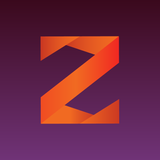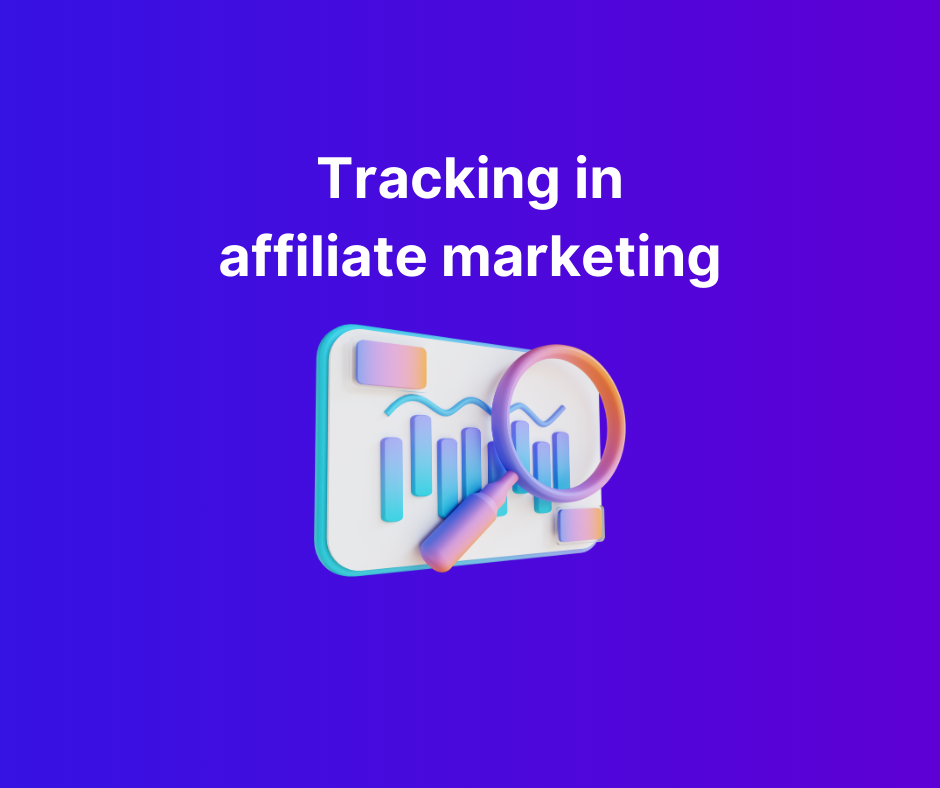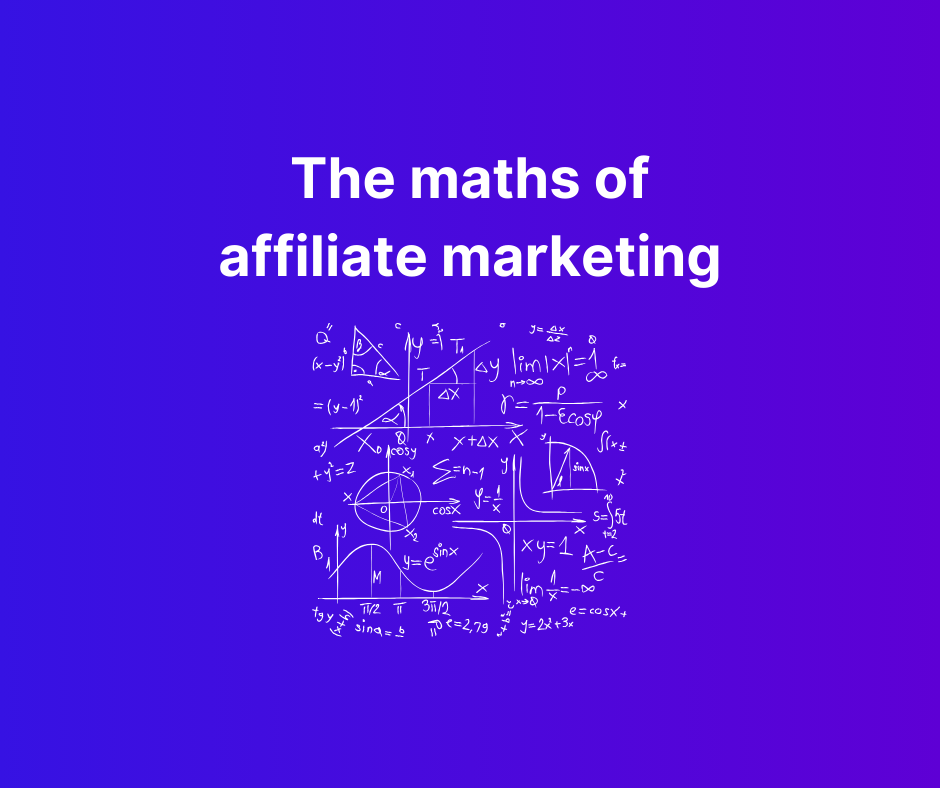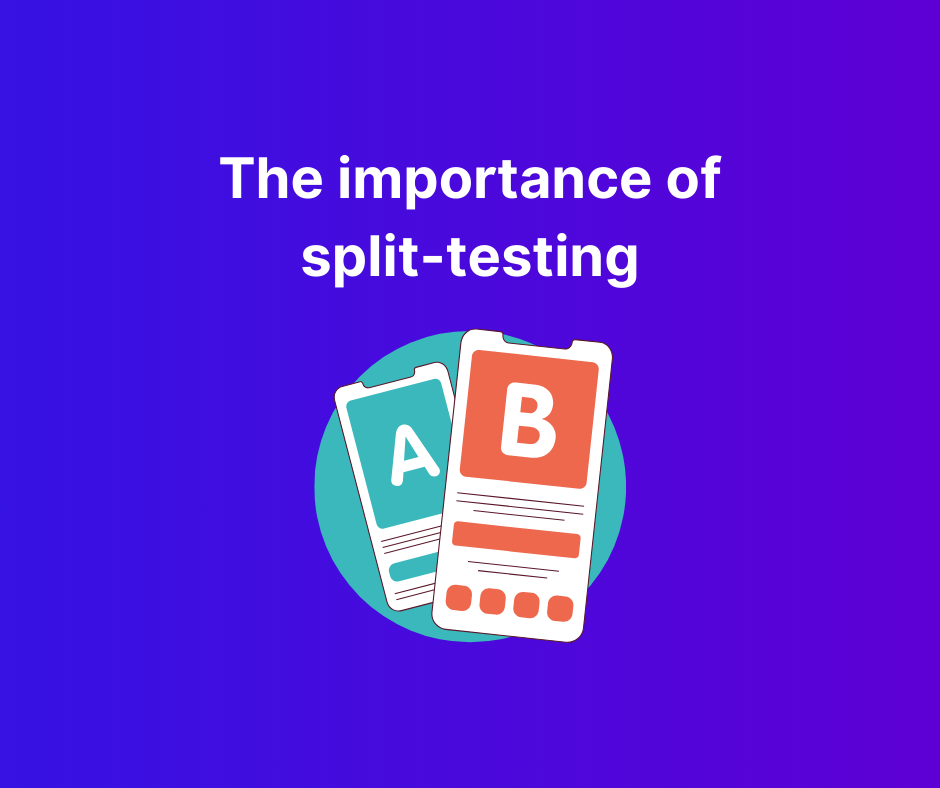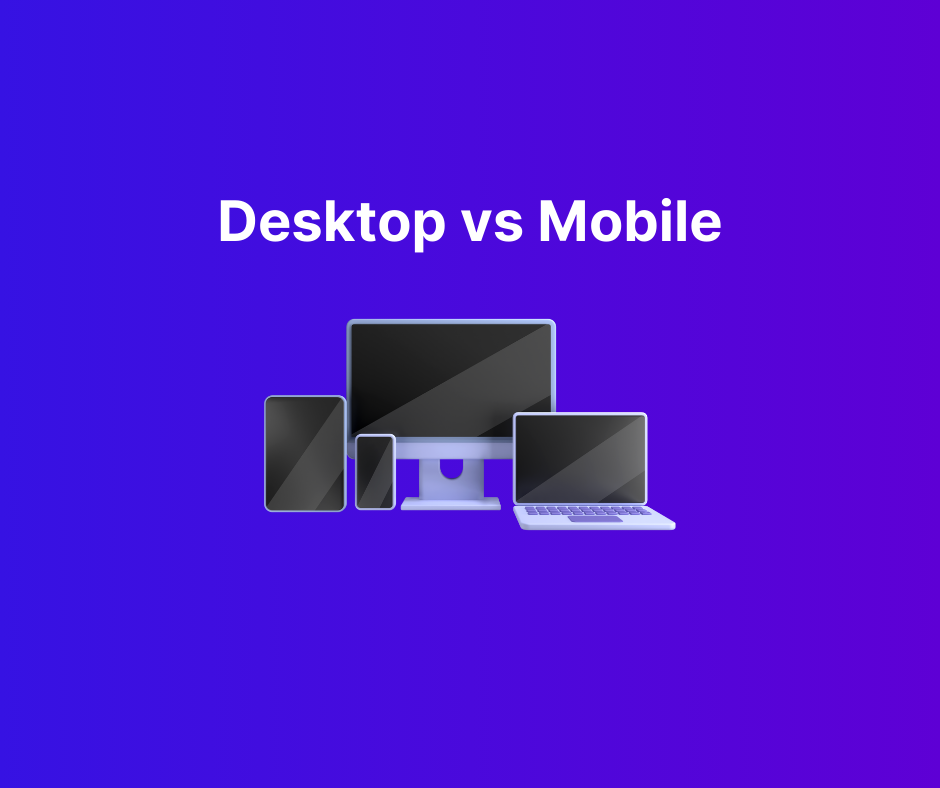A useful glossary of internet marketing terms
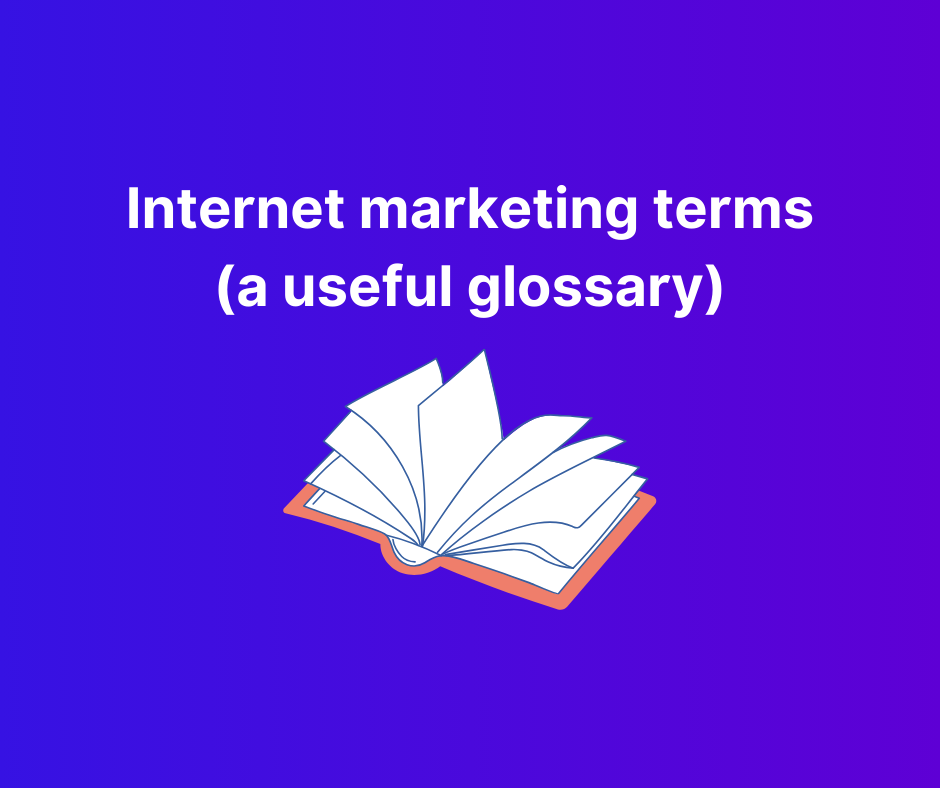
I thought making a glossary of common abbreviations and acronyms would be helpful for newbies and people venturing out of their comfort zone.
A lot of people take for granted how confusing some of these terms can be.
You can return back to this document when needed if you find an abbreviation or acronym that you don't understand.
Here we go!
Industry Terms:
Vertical - see here - basically, a specific area that products/offers/services focus on. Examples: dating, auto insurance, business opportunities, gaming, solar, retail, etc.
Advertiser - this varies depending on your position. From the perspective of a traffic source, you are an advertiser since you buy ads.
However, from your perspective (the affiliate), the advertiser is the owner of the product or service that you are promoting.
The traffic source and users basically think you are the product owner - so in a way this ambiguity makes sense if you consider yourself as a transparent middleman.
Publisher - this is someone who has some virtual real estate that ads can be placed on, e.g. a website or app. As a publisher, you would join a network to have them monetise your users.
From the affiliates perspective, publishers (pubs) are where your ads are getting placed, you would seek out and get rid of poorly performing publishers, etc.
Creative - generally refers to the ad, whether it's an image and text, a video, an IG reel, etc. It’s the “creative” element that could involve a lot of creativity and unique content.
Funnel - the steps users go through to ultimately get to converting and creating revenue or value. By this you could mean a few steps of different pages, or could mean an email opt-in that later nurtures subscribers for a month.
The funnel is whatever you wrap around the users as they get from initial impression/click through to creative value, becoming a customer, and so on.
Angle - the angle of attack you take with a creative, campaign or advertising strategy. Imagine someone you’ve never met is really nice to you at a party and you feel they are trying to ultimately get something from you.
You’d think… “what’s their angle?”. You’re wondering about how they are trying to get to their end goal. An angle in advertising is those varied approaches you take to make a potential customer get interested, engaged and to take action.
It’s how you connect with the user and frame the offer. It’s quite a vague term referencing the (sometimes quite creative) ways you try to get campaigns to resonate.
Incentivisation - providing some virtual/material goods in exchange for a user doing something.
For example, giving someone a free ebook or virtual goods in a game in exchange for them converting on an offer.
Because their conversion is largely driven by an unrelated incentive, this traffic is of relatively low quality to advertisers. Hence, many offers specify "no incent".
Brand Bidding - bidding on keywords related to the brand you are promoting. This is virtually always disallowed.
E.g. promoting an offer for Mastercard and bidding on keywords that contain "mastercard" in Adwords. This is not allowed because you will compete directly with the internal advertisers of the brand.
Geo - geographical region, usually country.
Tier 1/2/3 - countries are divided into tiers in a rather arbitrary fashion. If it's an affluent country where advertising is very competitive, costs are high, it's tier 1.
E.g. US, CA, AU, UK (the main English-speaking nations), FR, DE, JP, Scandinavian countries, Switzerland, SG, etc.
Tier 2 is stuff in the middle e.g. NZ, HK, IE, RU, PL, ES, ZA, UAE, etc.
Tier 3 is countries where the advertising costs are still quite low, e.g. many LATAM countries, many Eastern European countries, South-East Asia, China, etc.
General terms
- AIDA - Attention, Interest, Desire, Action (A design/advertising principle)
- B2B - Business to Business
- B2C - Business to Consumer
- BIZOPP - Business Opportunity - basically make money online and guru products
- CCPA - California Consumer Privacy Act
- CLV/LTV - Customer lifetime value
- CRM - Customer relationship management
- CRO - Conversion rate optimisation
- DMP - Data Management Platform
- ESP - Email service provider
- FB – Facebook
- GA - Google Analytics
- GDPR - General Data Protection Regulation
- JV - Joint Venture: A partnership between two parties in the affiliate marketing space
- KPI - Key performance indicator
- LP - landing page, a webpage that you send traffic to
- LTV - Lifetime value
- MMO – Make money online (in the context of offer types)
- MVT - Multivariate testing
- PoS - Point of sale
- QS - Quality score (usually Google-related)
- SaaS - Software as a service – software/application platforms that run as a service and generally charge monthly
- SEM - Search engine marketing
- SEO - Search engine optimisation
- SMM - Social Media Marketing
- SERP - Search engine results page
- SLA - Service level agreement – agreements provided by SaaS and product providers which outline some minimum level of service reliability they will offer and compensation for breaking that, e.g. minimum 99% uptime and for every hour above that 1% you get 10x your hourly service expense refunded
- SMS - Short message service
- TOFU/MOFU/BOFU - Top of Funnel / Middle of Funnel / Bottom of Funnel: Stages in the affiliate marketing conversion funnel
- ToS - Terms of service
- UGC - User-Generated Content
- UI - User interface
- USP - Unique selling proposition
Advertising specific terms:
- AOV - Average Order Value – the average amount spent each time a customer places an order
- AC - Customer Acquisition Cost – the cost associated with convincing a consumer to buy a product or service
- CPA - Cost per acquisition / action
- CPC - Cost per click
- CPI - Cost per install (i.e. app download and install triggers the conversion event)
- CPL - Cost per lead
- CPM - Cost per thousand (usually impressions)
- CPV - Cost per view
- CTA - Call to action
- CTR - Click-through rate
- CVR or CR - Conversion rate
- DOI - Double opt-in (user needs to sign up email/details and then click confirmation link in email message for lead to register)
- DSP - Demand-side platform – an adtech platform offering advertising to marketers/agencies, targeting options, ad delivery etc. Their goal is to get the best value for advertisers
- EPC - Earnings per click
- EPM/RPM - Earnings per thousand or revenue per thousand – most traffic sources are trying to maximise their revenue per impression, so this is a key metric for them
- eCPM - effective CPM. I put these two beside because they tend to get used interchangeably. A traffic source wants to maximise their earnings per mille, i.e. their EPM. Your "effective CPM" as an advertiser, from their perspective, may be the CPM from your bid + other influencing factors they use to gauge the quality of ads
- PPC - Pay per click
- PPL - Pay per lead
- PPV - Pay per view, often used to describe popup traffic (a bit archaic)
- ROAS - return on ad spend. A lot of sources like Facebooks shifted away from ROI and to this. Formula is
revenue / costs. So 100% ROAS is break even - ROI - Return on investment. Formula =
(revenue - costs) / costs. Break even = 0% ROI. Loss = negative ROI. Spending $100 and making $150 is 50% ROI - RON - Run of network (gimme all teh datas)
- RTB - Real time bidding
- SOI - Single opt-in (user just needs to input email address and details into form and submit for lead to register)
- SSP - Supply-side platform – the opposite side to a DSP – where website owners and publishers can manage their ad inventory. These will connect to multiple exchanges (usually) to auction off as much inventory as possible, maximising revenue for the site owners
- VSL - Video sales letter
Technical/programming stuff:
- AJAX - Asynchronous Javascript and XML – type of coding that is used to accomplish things on-the-fly without reloading a page, e.g. quick reply to forum posts
- API - Application Programming Interface – these allow software systems to speak to each other, using defined message structures back and forth
- CDN - Content Distribution Network – Servers around the globe that deliver static content such as images, html/css/js files, etc. to your users
- CMS - Content management system
- CSS - Cascading style sheets – used to provide styling information for web pages
- DNS - Domain Name System
- FTP - File transfer protocol – the primary way you interact with your server filesystem, i.e. upload/modify files
- HTML - HyperText Markup Language
- HTTP - HyperText Transfer Protocol
- HTTPS - HyperText Transfer Protocol Secure
- IP - Intellectual property or 'Internet Protocol, e.g. IP address = 123.012.123.078
- ISP - Internet service provider
- OEM - Original equipment manufacturer
- OS - Operating system
- PHP - Hypertext Preprocessor – a programming language
- S2S - Server-to-server - Used in the context of conversion tracking - postback URLs are a type of server-to-server tracking
- SSL - Secure Sockets Layer - what provides HTTPS connections in your browser
- TLD - Top level domain (e.g. .com, .net, .org - these define the 'root' DNS servers that are first contacted when trying to resolve a domain name)
- URL - Uniform resource locator (specific address for some resource on the internet)
- VPS - Virtual Private Server. Similar to a virtual machine. Basically, an entire operating system run inside a virtual container of limited resources on some host computer. A large server might run 10-100 VPS's on it. Think of it like running multiple pieces of software at the same time in Windows or Mac OS X where each piece of software uses allocated RAM/CPU/HDD resources
- WYSIWYG - What you see is what you get – used to describe design software where much of the design is visual > code output afterward
Mobile conversions
Mobile conversion events can be complex and you should always know exactly what constitutes a conversion. Here’s a list of different types of conversion flows used for monetising mobile users.
- CPI - Generally means app offers that payout for app install. A conversion usually fires on the first app open on the user's device
- IVR Flow - Interactive Voice Response - relevant to pay per call campaigns
- MO Flow - User input his mobile number > User receives an SMS > User confirms by replying to SMS > conversion occurs
- MO Flow with Click2SMS - User clicks on banner > User sent to SMS application with the pre-filled confirmation form > User clicks on the confirmation button > conversion occurs
- MO MSISDN Flow - User's mobile number is detected and shown automatically > User sends an SMS according to instructions > Conversion occurs
- MT Flow - User input his mobile number > User receives a pin code > User submits the pin code > Conversion occurs
- MT MSISDN Flow - User's mobile number being detected and shown automatically > User Receives a pin code at his mobile > Submit the pin code on landing page > Conversion occurs

